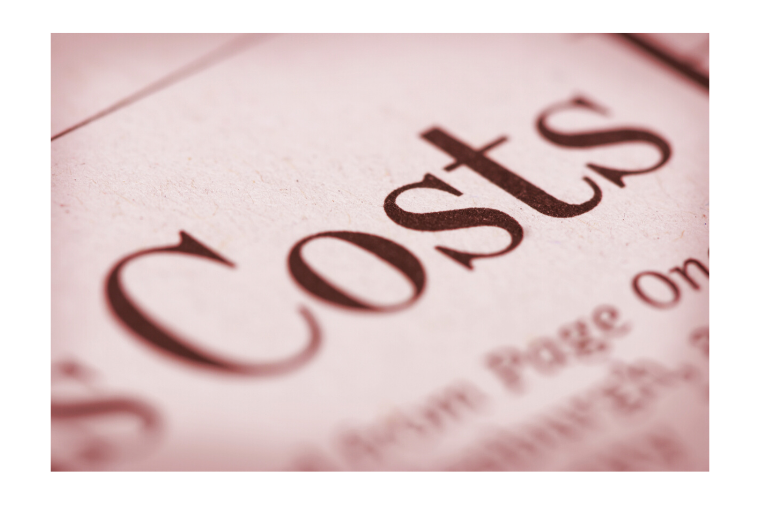Keeping Tabs on Overhead Costs
January 21, 2020 by OSYB Staff

Overhead costs are expenses and costs that are not directly related to creating products or services but are paid with regularity to keep the business operational regardless of how the business is doing. Here are some examples of overhead costs:
- rent and utilities
- repairs and maintenance
- insurance
- office supplies
- accounting
- taxes
- salaries for administrative employees that handle tasks like hiring, onboarding, etc. and does not apply to non- HR staff
Overhead costs can be further subdivided into manufacturing and administrative costs. If you have a separate manufacturing facility with equipment, it can be helpful to examine business profitability while studying your manufacturing costs. Manufacturing costs may be more thoroughly measured as you closely examine them against the direct labor and material costs, and may be adjusted accordingly. Administrative cost adjustments are more disruptive to the business, for example reducing the labor force.
When tracking overhead costs it is important to accurately define and categorize the cost. Here are 2 main questions to ask:
- Is the cost in question a fixed cost? Note: a utility bill may fluctuate depending upon the season but only nominally.
- Is the cost directly related to producing a good or service ?
How to calculate overhead costs? ” Once all costs are properly classified, you can figure out your business’ overhead percentage as a percentage of sales. This is done by adding up all overhead costs, typically breaking them down by month, and then dividing that total by monthly sales.”
Why is it relevant to track your overhead costs? “Small business owners can more accurately measure business expenses and find the true efficiency of the business and its profit margin.”
For full article: How To Calculate And Track Overhead Costs
Image Credit: Deposit Photos
Category: Small Business
Tags: Operating Costs




